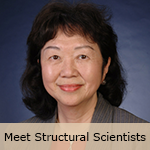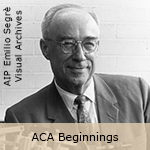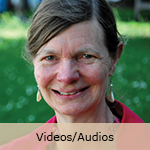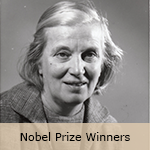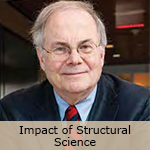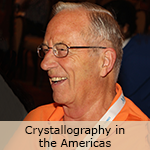Welcome to the History Portal of the American Crystallographic Association
Click on Meet Structural Scientists to see the People List. Over 100 crystallographers and structural scientists are featured.
Latest Additions
|

|
In Celerino Abad-Zapatero’s memoir, he describes his career in macromolecular crystallography, as well as his continuing interest in the relationship between art and science. After earning his Ph.D. at the University of Texas-Austin in 1978 with Marvin Hackert, he pursued macromolecular crystallography in Michael Rossmann’s laboratory at Purdue University. There, he was the lead author on the 2.8 Å resolution structure of southern bean mosaic virus, the first virus structure determined at the atomic level with structure and amino acid sequence. He followed up with the constraint-restrained least-squares refinement of large macromolecular structures. In 1985, he and John Erickson founded the structure-based drug design laboratory at Abbott Labs, where he continued research for over two decades. He was an early proponent of using synchrotron radiation in the pharmaceutical industry to expedite drug discovery, making it more effective and impactful. Expanding upon the artistic and the visual has been a theme in his writing. In 2014, the superposition of a highly symmetrical protein structure and a cathedral ‘rose window’ made the cover of Acta Crystallographica. He has written essays of general interest related to crystallography and structural biology under the heading of ’Notes of a Protein Crystallographer’ and in his book ‘Crystals and Life’.
|
|
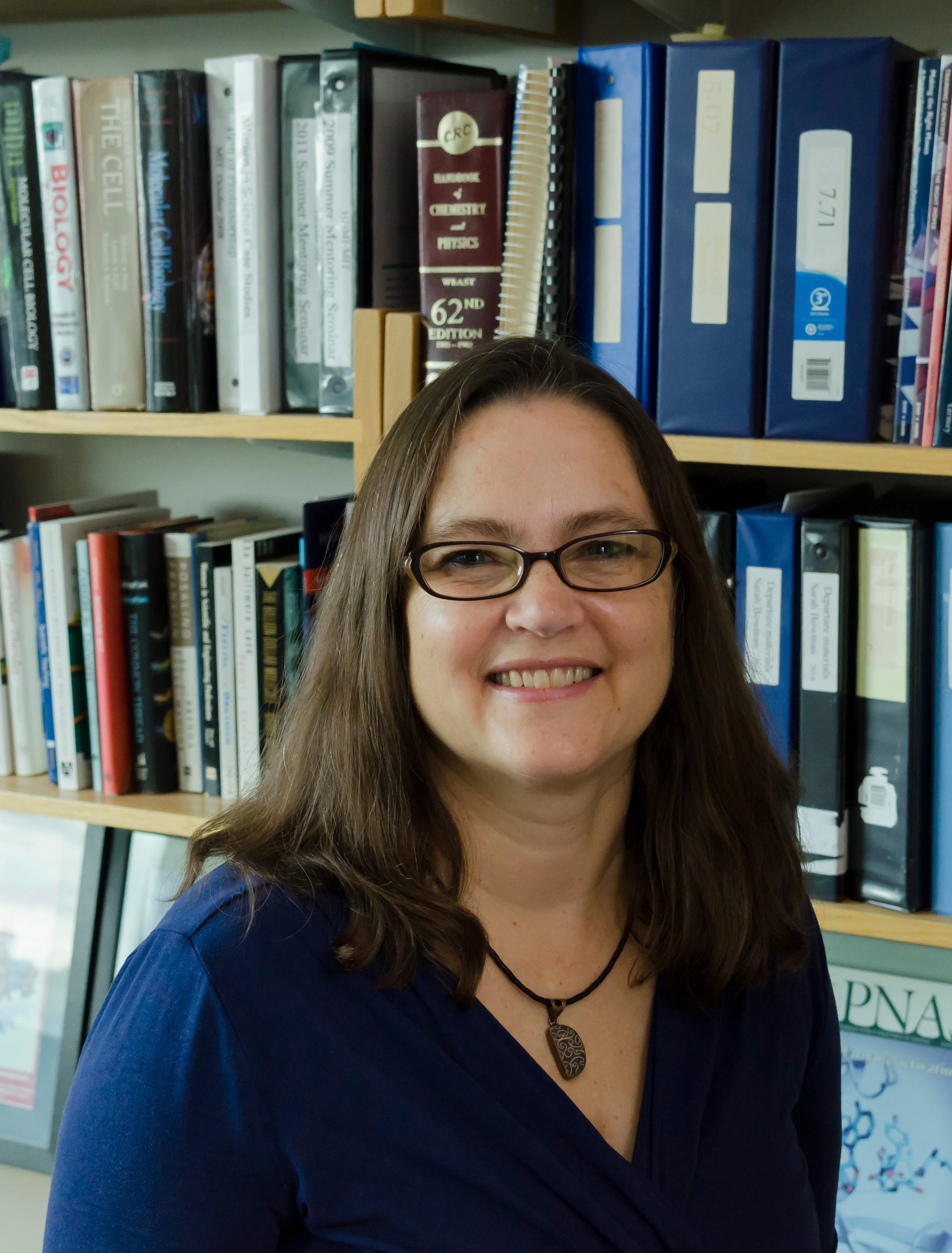
|
Catherine Drennan gave the keynote address at the 2024 ACA Annual Meeting; her talk is now online at the ACA YouTube channel: "Shake, Rattle, & Roll: Capturing Snapshots of Proteins in Action". Revealing the mechanism of the metalloprotein ribonuclease reductase (RNR) was a triumph for structural science, enabled by a combination of methods including X-ray crystallography, EM, cryo-EM, small angle scattering, and protein modification, giving a result that couldn’t have been obtained in any other way. According to Drennan, these powerful techniques have delivered a Golden Age of structural science.
|
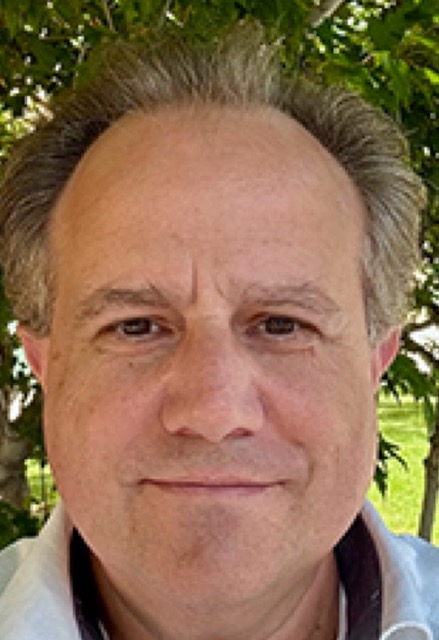 |
In his 2024 Buerger Award lecture, Thomas Albrecht (Colorado School of Mines) presented his long-term studies of actinide elements from curium to einsteinium. These are unstable, radioactive elements that are obtained in only tiny quantities, which quickly decay, some in weeks or days. Thus, the title of his talk was “A Race Against Time: Crystallography in the Outer Limits of the Periodic Table.” Watch this talk for more about the challenges of working with rare earth elements.
|
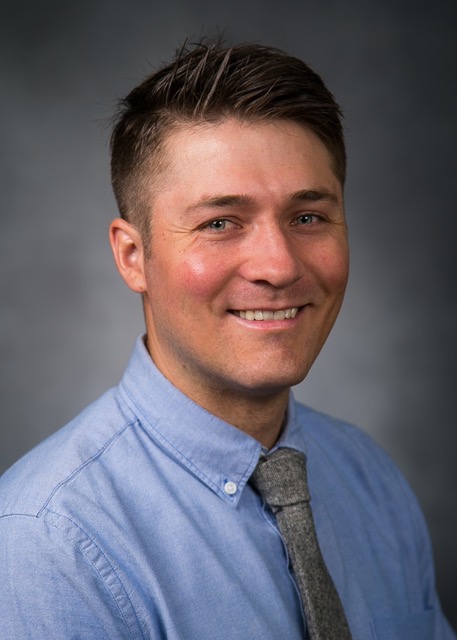 |
Benjamin Frandsen (Department of Physics and Astronomy, Brigham Young University) received the Etter award for his pioneering developments, both theoretical and experimental, of the novel magnetic pair distribution function (mPDF) method for studying short-range magnetic correlations in ordered and disordered magnetic systems, and for his outstanding leadership, mentorship and service to the ACA community. In his lecture, "When the Tail Wags the Dog, AKA Short-range Correlations With Long-range Implications: A Magnetic PDF Story," he described the evolution of the mPDF method. Frandsen studies quantum materials, in which there is coupling between different degrees of freedom, resulting in properties such as ferromagnetism, ferroelectricity, and ferroelasticity. He emphasized that small-scale variation in structure can give these materials different and possibly useful physical properties — sometimes the tail wags the dog — and gives several examples.
|
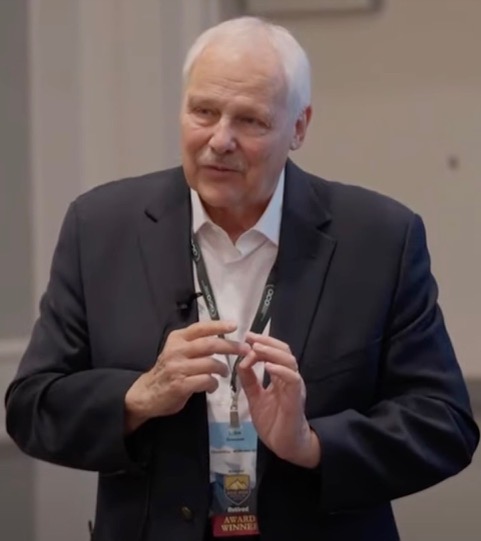 |
John Greedan (McMaster University, Hamilton, Ontario) presented his talk, “Exploring the Structure/Property Nexus in Perovskite and Pyrochlore Oxides,” at the Denver ACA meeting.
The Bertram Eugene Warren Diffraction Physics Award is awarded to outstanding scientists to recognize important recent contributions to the physics of solids or liquids using X-ray, neutron, or electron diffraction techniques. Greedan has made tremendous contributions to the research on structure-property relationships in perovskites and pyrochlores.
|
The ACA History Project showcases and preserves the history of crystallography, X-ray diffraction, and structural science through online access, articles in ACA RefleXions quarterly magazine, and videos to our YouTube channel.

Homepage photos information here
|

